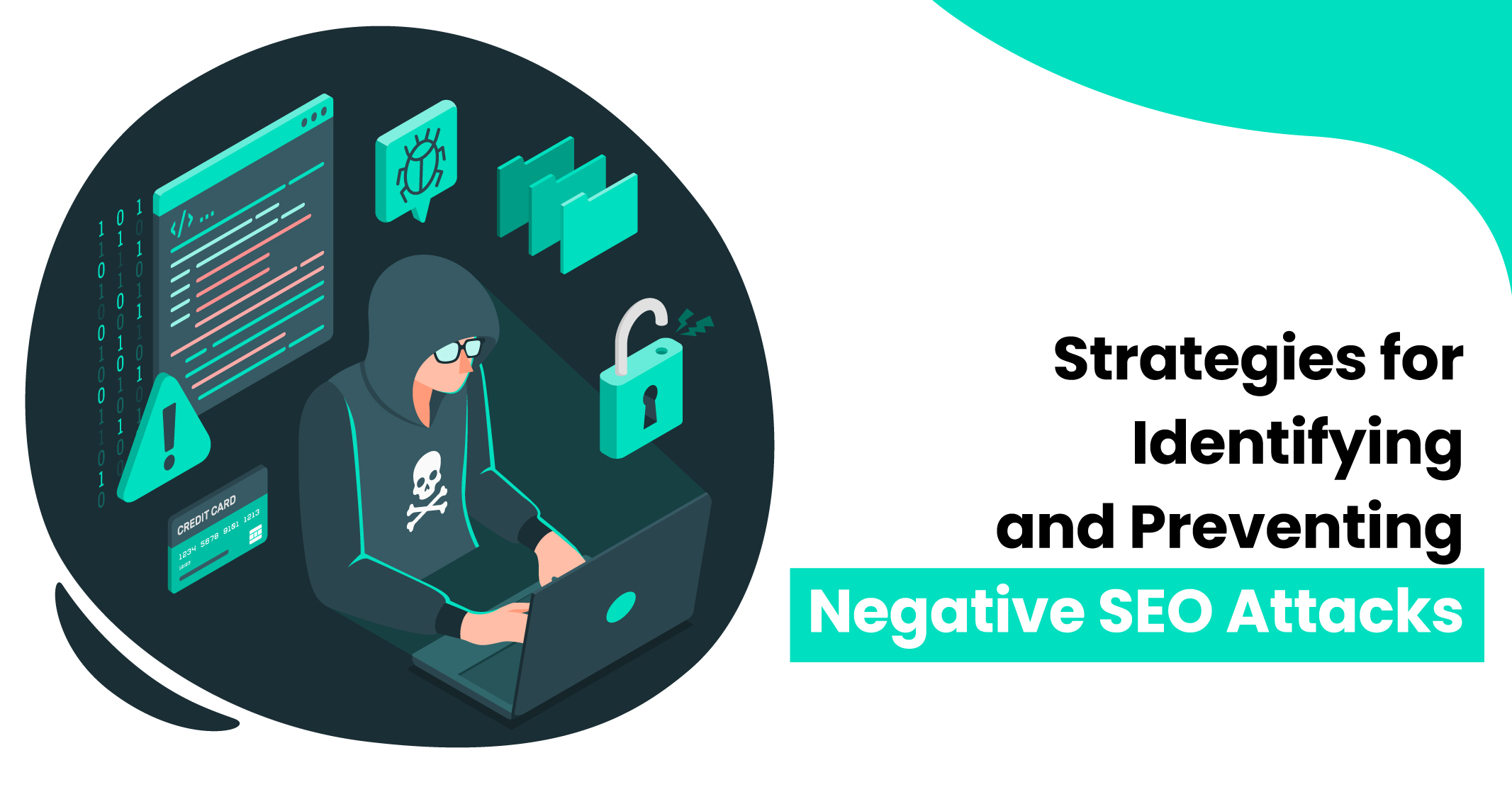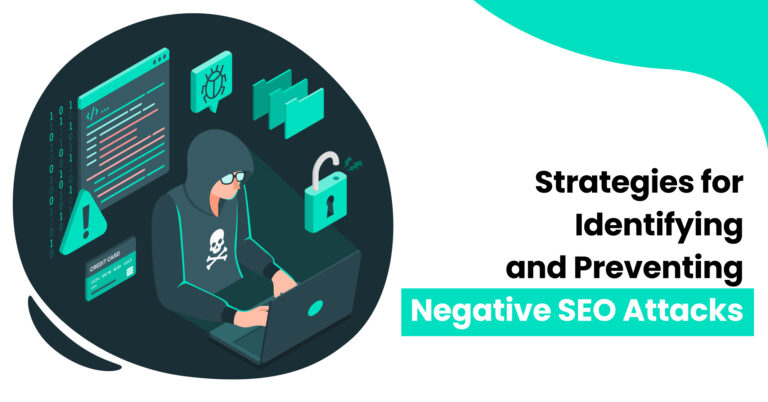In an era where online visibility is synonymous with success, the dark underbelly of search engine optimization (SEO) tactics, known as Negative SEO, poses a significant threat to the integrity and performance of digital assets. Negative SEO involves malicious efforts aimed at damaging a competitor’s search rankings. This article, Seogroupbuy will help delves into understanding this perilous landscape and outlines a comprehensive approach to protect your online presence, adhering to Google’s Expertise, Authoritativeness, and Trustworthiness (EAT) standards.

Understanding Negative SEO
At its core, Negative SEO encompasses a range of actions, from creating toxic backlinks to duplicating content, which can adversely affect a website’s search engine ranking. It’s an unethical practice used to lower a competitor’s rankings, making it an unwelcome but present part of today’s competitive online environment. Recognizing the forms of Negative SEO is the first step in combating it:
- Link-based Negative SEO: The creation of numerous low-quality or spammy backlinks to your site.
- Content Duplication: Copying your website’s content and distributing it across the internet to dilute its uniqueness.
- Fake Reviews: Generating negative reviews to harm your business’s reputation online.
- Hacking: Gaining unauthorized access to introduce harmful SEO tactics directly on your website.
Proactive Strategies for Protection
Protecting your website from Negative SEO requires a proactive and comprehensive approach. Here are several strategies to safeguard your online presence:
1. Regular Monitoring of Your Backlink Profile
Regularly monitoring your backlink profile is crucial. Tools like Ahrefs, SEMrush, and Google’s Search Console can help you track your backlinks and identify any unusual spikes or patterns indicative of spammy backlinks. Early detection allows you to disavow these links through Google’s Disavow Tool, requesting Google to ignore these harmful links in assessing your site.
2. Enhance Your Website’s Security
Preventing unauthorized access is fundamental. Implementing security measures such as SSL certificates, strong passwords, and two-factor authentication can fortify your website against hacking attempts. Regularly updating your CMS, plugins, and themes can also close security vulnerabilities.
3. Create High-Quality, Unique Content
Following Google’s EAT principles, producing high-quality, unique content not only boosts your SEO but also makes it harder for competitors to harm your ranking through duplicate content. Use tools like Copyscape to monitor the web for duplicate versions of your content and take action by requesting takedown notices when necessary.
4. Encourage Positive Reviews
Building a strong portfolio of positive reviews can buffer the impact of any negative reviews. Encourage satisfied customers to leave positive feedback on major review platforms. Engage with your audience to resolve any issues promptly, demonstrating your commitment to customer satisfaction and care.
5. Use Google Alerts and Social Mentions
Set up Google Alerts for your brand name and related keywords to monitor the web for any negative mentions or content that could impact your SEO. Tools like Mention or Awario can also track social media and the broader web for mentions of your brand, allowing you to respond swiftly to any potential Negative SEO efforts.
Effective Tools for Combating Negative SEO
Utilizing the right tools is paramount in combating Negative SEO effectively. Here’s a list of essential tools and their functionalities:
- Google Search Console: Monitors your site’s performance in Google search results, tracks backlinks, and alerts you to issues that could affect your rankings.
- Ahrefs/SEMrush: Offers comprehensive backlink analysis, identifying potentially harmful backlinks.
- Copyscape: Detects online plagiarism, helping you find instances where your content may have been duplicated without permission.
- Sucuri: Provides website security solutions, including malware detection and removal, which is vital for protecting against hacking attempts.
- Disavow Tool: A Google tool to disavow spammy or low-quality backlinks that you cannot get removed.
Group Buy SEO Tools offers 300 premium paid SEO tools. There are many SEO tools that optimize on page, off page, find keywordtool, backlink,… and many other good SEO tools that are highly appreciated by many experts.
Navigating Legal Channels
In cases where Negative SEO involves defamation, copyright infringement, or other illegal activities, it may be necessary to pursue legal action. Consult with a legal professional to understand your options and the best course of action to protect your online reputation and SEO standing.
Cultivating a Positive SEO Strategy
Beyond defensive tactics, cultivating a positive SEO strategy focused on creating quality content, engaging with your audience, and adhering to SEO best practices can enhance your digital resilience. Positive SEO reinforces your site’s authority and value, making it less susceptible to the impacts of Negative SEO.
Conclusion
In the battle against Negative SEO, knowledge, vigilance, and proactive measures are your best defense. By understanding the tactics used by malicious actors and implementing a comprehensive strategy to safeguard your site, you can maintain the integrity of your online presence. Embracing the principles of EAT, utilizing the right tools, and fostering a positive SEO strategy will not only protect you from Negative SEO but also propel your site to new heights in search engine rankings. Remember, in the digital realm, your best offense is a strong defense.
